
We kindly inform you that, as long as the subject affiliation of our 300.000+ articles is in progress, you might get unsufficient or no results on your third level or second level search. In this case, please broaden your search criteria.

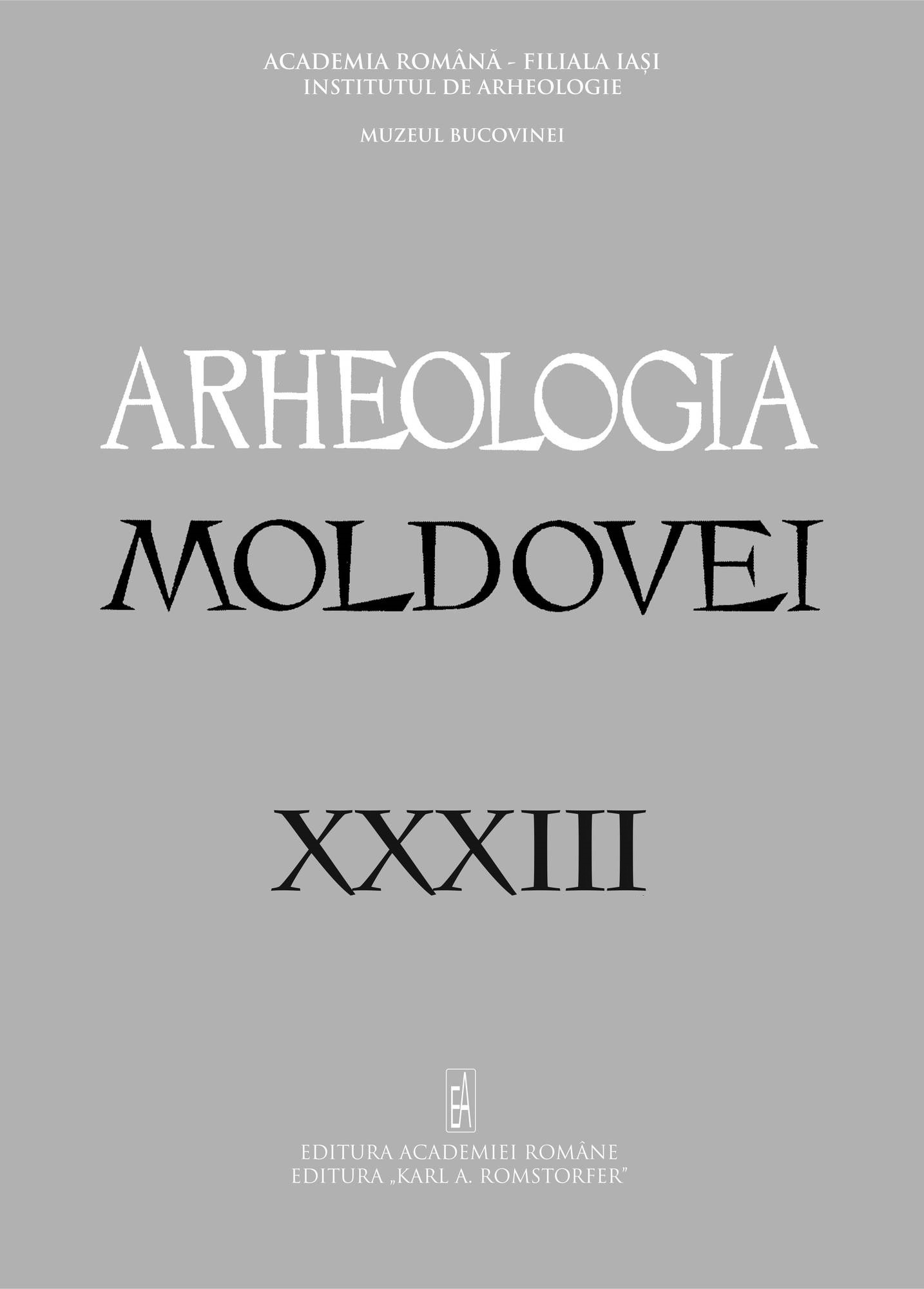
As a result of the archaeological research developed at the Roman settlement of Romula a fragment of a Roman pottery was discovered, which is nowadays preserved in the Museum of Caracal. Here the word ΓΑΔΑΤΗС was incised. D. Tudor considered it a Syrian anthroponym derived from the name of the god Gad, which lead to the formation of numerous Syro-Palmyrean anthroponyms. This opinion was shared by all those who, up to the time being, inserted this graffito in various epigraphic corpora of Dacia, considering it as further evidence of the Syrian presence in Roman Dacia. Yet, the supporters of such a viewpoint did not take into account all the available data which allows us to assert that Gadates is definitely an Iranian anthroponym attested on other sources as following: Xenophon’s Cyropaedia, The Letter of Darius to Gadatas, the Elamite Ka-da-da inscription discovered in the Persepolis fortifications, a Greek inscription from Delos and another Greek inscription from Antiphellos in Lycia pertaining to the Roman period. Xenophon’s Gadatas and the one mentioned in the Letter provide the Iranian character of the anthroponym. Within the Letter, Darius specifically name Gadatas ‘(his) slave’. We encounter this term in the Old Persian variant of the Behistun inscription as comprised in the collocation mana bandaka, meaning ‘my subject’ or ‘my servant’. It exclusively refers to the highest ranked Iranian individuals in the proximity of the Great King. Gadatas anthroponym is probably ahypochoristic derived from Bagadata, a very widespread name in the pre-Islamic Iranian world, having the same meaning with the Greek Theodotos and the Slavic Bogdan, i.e. ‘the Gift of God’. We do not know precisely where Gatates of Romula came from. He could belong to Syria as well, where the Iranian anthroponyms were natural, as the land had been subjected to the Iranian rule for more than two centuries.
More...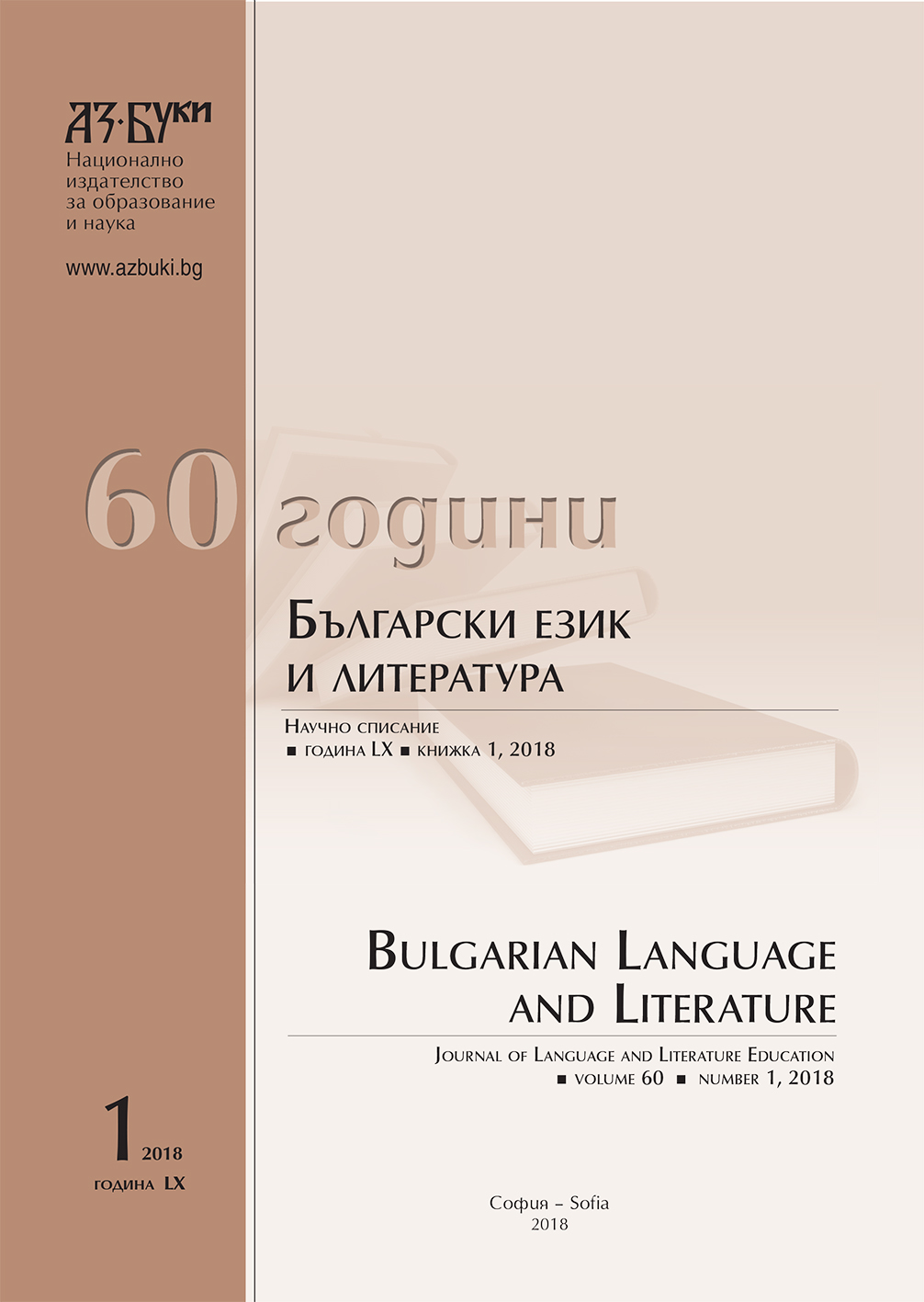

The article reviews the current courses in Bulgarian studies at Marie Curie-Skłodowska University in Lublin, Poland. It stresses out their former success and current challenges due to competition for undergraduate students in Poland, the general crisis of philological studies and the growing unpopularity of Slavistics in European universities. The author presents the objectives leading to the creation of a new BA program in Balkan studies that could potentially benefit Bulgaria-related academic disciplines.
More...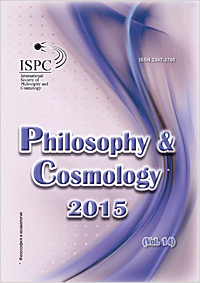
The author of the article, based on the onomastic analysis of ancient Greek, Roman and Celtic myths, consisting of taxonomically different implications of the etymological and genetic unity of the Indo-European languages, continues to justify the hypothesis (that was raised at first in his book “Karuo – Iberian secret”) about the existence and interaction of two (Western and of Eastern) ancient Iberian cultures which became the forerunner of the European cultural conglomerate formation.
More...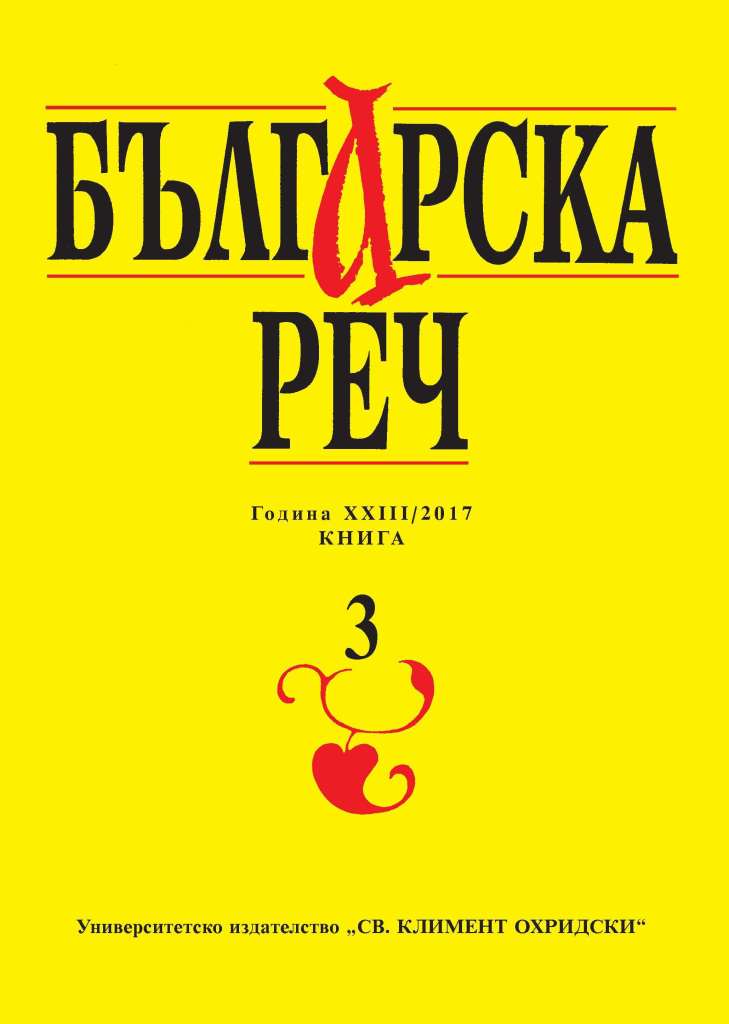
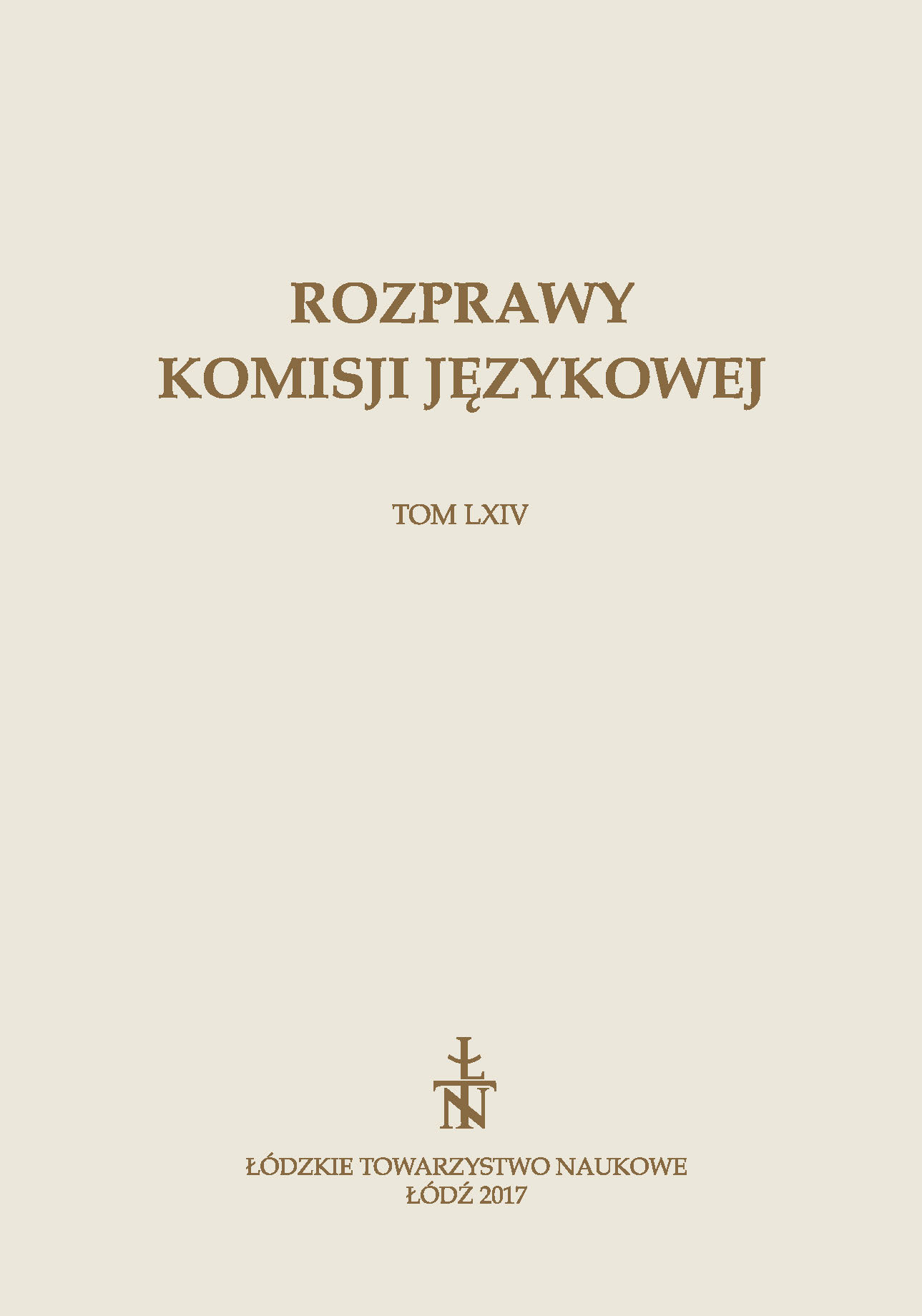
“Prosta mova” – colloquial language of population of the eastern lands of the former Republic of Poland only occasionally appears in the printed texts in the eighteenth century. It is especially rare in texts of religious nature. In this regard, Basilian typography is an exception. “Prosta mova”as the language of printing, can be seen in texts and fragments of prints published by definition in other languages. This type of text is the subject of the analysis set out in this article. Numerous features of a living language that are visible at the level of phonetics and vocabulary are reflected in the analyzed Чинъ Іерейскаго наставленїя. Analysis of these features brings to the conclusion that the dominant element in the text, is the Ukrainian dialect. Of course, due to the different articulation of selected graphemes on the Belarusian and Ukrainian-speaking territories(eg. grapheme ѣ) editors left the pronunciation to the decision of their readers in accordance with the local tradition.
More...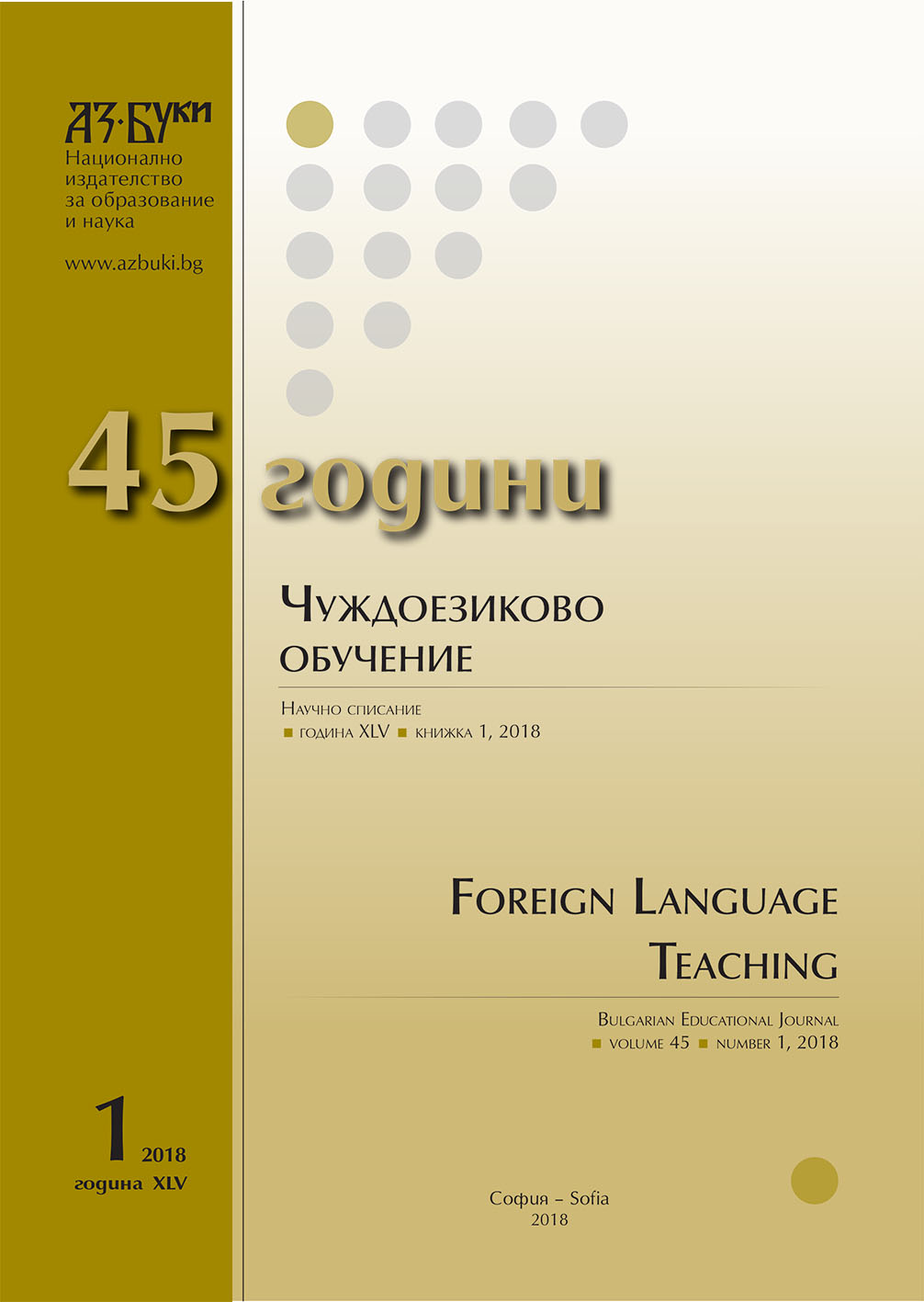
The article focuses on the possibilities of online eTwinning projects to develop basic knowledge, skills and attitudes related to key competence “communication in foreign languages”. As a modern virtual classroom, TwinSpace provides tools for synchronous and asynchronous communication. As a result of interaction in informal environment of online projects, language is used for interaction and real communication in an authentic way. Students participate in non-traditional communication formats like quizzes, voting and videoconferences, which encourage them to present their opinions. These activities develop essential skills for communication in foreign language, encourage students to read, listen and appreciate the work of their partners and motivate learners to be more reluctant when it comes to speaking, studying and communicating in a completely different way.
More...
The present paper offers a complete inventory of authoritative passages in Sanskrit and Prakrit texts on gemmology and Sanskrit lexicons where emerald is dealt with. Fresh light is thrown on the hotly debated issue whether the description of beryl in the Arthaśāstra II, 11, 30 contains an indirect reference to emerald. The Sanskrit names of emerald are analysed and commented on. Texts revealing the history of emerald and its origin are put to the test, and the evident mistakes prevalent in the special literature are corrected. Finally, a peculiar belief on the magic power of emerald is analysed within a wider context.
More...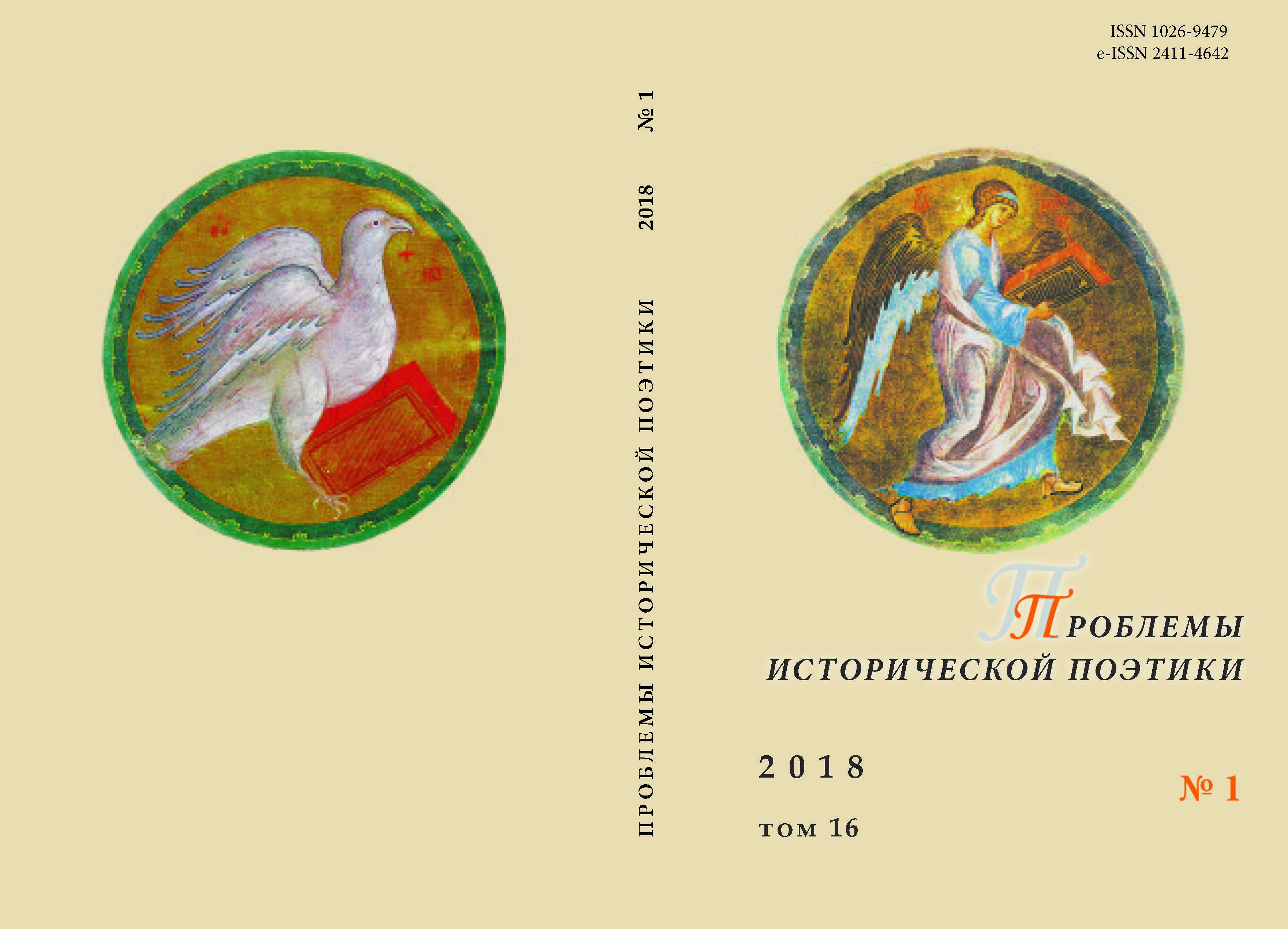
The article offers an analysis of the use of the Gospel text in the sermons of Theophan Prokopovich. It became evident that Theophan Prokopovich made much less references to the New Testament in his published works than to the Old Testament, which may result from his greater adherence to the Law than to Grace. The Gospel word by Prokopovich becomes a source of abundant and multidimensional allusions, often distantly related to its original meaning. In his sermons, Prokopovich seemed a skilled orator and cunning politician rather than a theologian. Prokopovich used the Gospel word to glorify the authorities and to justify their deeds manifesting, thus, a true talent of philologist skilful in the art of eloquence.
More...
Review of: 1. OĞUZ SOYSAL: HATTISCHER WORTSCHATZ IN HETHITISCHER TEXTÜBERLIEFERUNG. Handbuch der Orientalistik 74. Brill, Leiden–Boston 2004. 1034 l. by: Simon Zsolt 2. SABINE ANSELM: STRUKTUR UND TRANSPARENZ. EINE LITERARURWISSENTSCHAFTLICHE ANALYSE DER FELDHERRNVITEN DES CORNELIUS NEPOS. (Altertumswissentschaftliches Kolloquium 11. Franz Steiner Verlag, Stuttgart 2004. 204 l.) by: Szabó Ferenc Krisztián 3. MARÓTI EGON: FECI QUOD POTUI. TETTEM AMIT TUDTAM. A NYOLCVANÉVES MARÓTI EGON TISZTELETÉRE. Szerk. Hoffmann Zsuzsanna. Lectum Kiadó, Szeged 2007. 316 l. by: Takács Levente 4. XERAVITS GÉZA: KÖNYVTÁR A PUSZTÁBAN. BEVEZETÉS A HOLT-TENGERI TEKERCSEK NEM BIBLIAI IRODALMÁBA. Pápai Református Akadémia, Pápa – L’ Harmattan, Budapest 2008 (269 l. + 4 ábra) by: Tóth Vencel OFM 5. BIRGER A. PEARSON: ANCIENT GNOSTICISM. TRADITIONS AND LITERATURE. Fortress Press, Minneapolis 2007. xv + 362 l. by: Jakab Attila 6. WILLIAM TABBERNEE: FAKE PROPHECY AND POLLUTED SACRAMENTS. ECCLESIASTICAL AND IMPERIAL REACTIONS TO MONTANISM. (Supplements to Vigiliae Christianae. Texts and Studies of Early Christian Life and Language, 84) Brill, Leiden–Boston 2007, xxxvii + 485 l. by: Jakab Attila
More...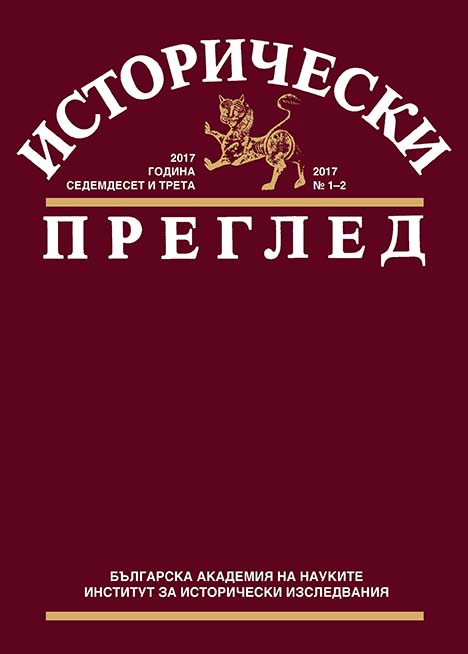
The article presents the main scientific works of one of the most prominent specialist in the field of Slav Studies – Pavel Josef Šafarik, written during his stay among the Serbs in Novi Sad (1819–1833) where he worked as a teacher at a lo¬cal secondary school. Thanks to the long study of Orthodox literary tradition he became an excellent expert in Slav Studies. At that time, he already had the firm opinion that the first Slav literary language – the Church language, used by St. Cyril and St. Methodius – was based on a dialect, different from the Serbian one, but spoken among the Slavs of the Bulgarian group, located in the Thessaloniki district and at the foot of Rila and Pirin mountains. The young scientist intended to visit those places and gather the necessary proves of his idea, however the Russian-Turkish War of 1828–1829 put an end to his plan and in 1833 he left Novi Sad for good. The study of the first Slav literary language however remained his everlasting task in the future.
More...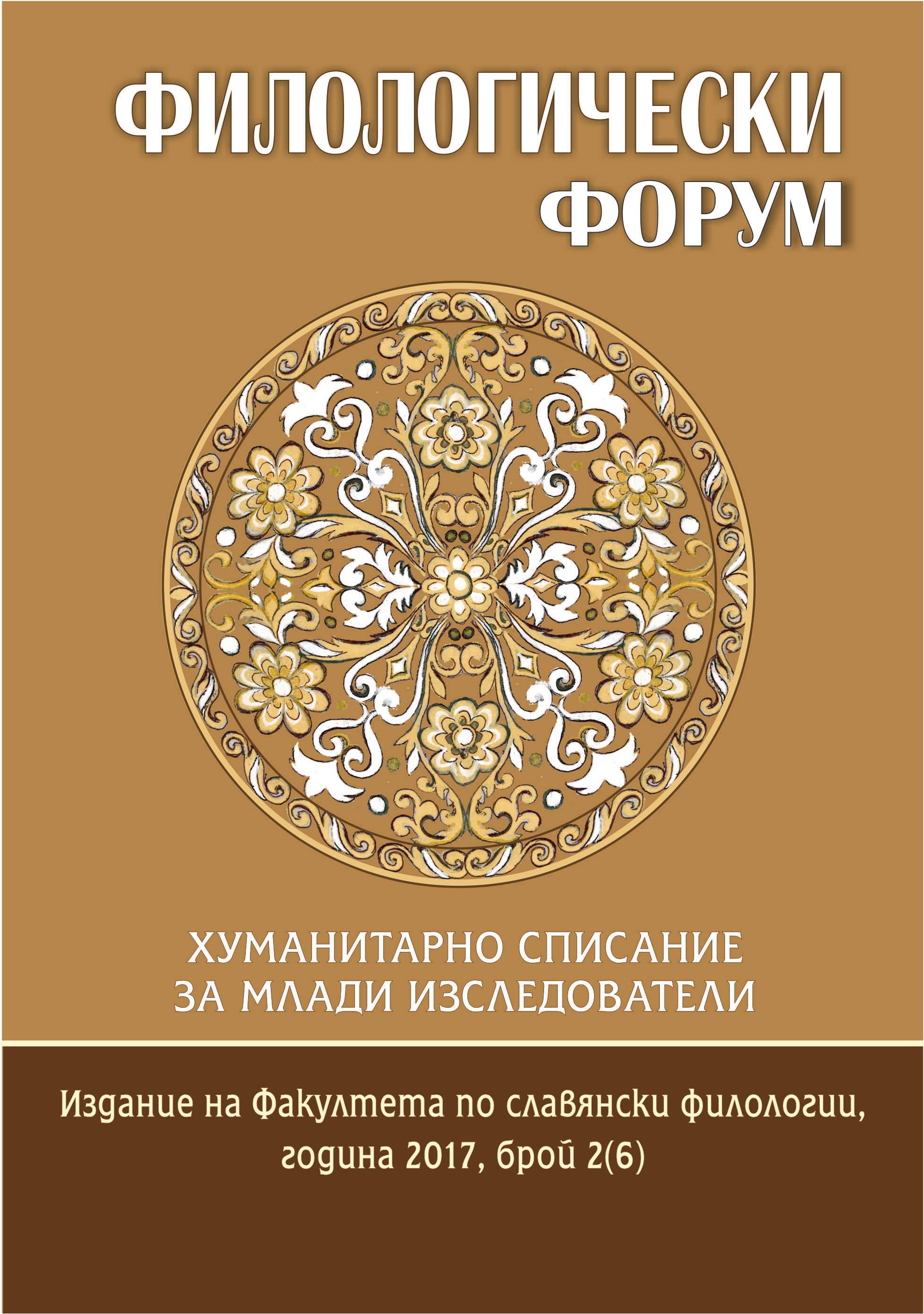
In the article, I focus on the biblical quotes and allusions used in by Grеgory Tsamblak’s two services. In the service for St. King Stephen Uroš III (of Dečani) mostly Old Testament biblical quotes prevail, while in the service for St. John the New of Suceava, Tsamblak used mostly New Testament biblical quotes.
More...
The article aims to present the word formation in Konstantin Preslavski's original hymnographic works by following the main trends of the author – his preferences for hemispheric or diffuse derivatives. The approach consists of word-formation analysis and diachronic comparison with texts, which arose at the same time - in the early Old Bulgarian period.
More...
Modern testaments are a reflection of the customs of the era in which the deceased lived. They contain information about family relationships and social relations of their authors. On the other hand, they are a separate literature genre, whose method comprises several basic elements, which are usually placed in the same structure. Last will of Jan "Sobiepan" Zamoyski and Józef Stanislaw na Dąbrowicy Firlej were chosen as examples of testaments. The aim of the article is to characterize last wills in terms of their content. Content as an example of personal documents source.
More...
The paper examines Disciplina Clericalis: a Medieval treatise from 12th century composed in Latin. In Disciplina Clericalis, the author – Petrus Afonsi – combines numerous stories, tales and proverbs of Eastern origin (both Hebrew and Arab). The book does not have an analogue in Western literature at that time and has been an inspiration for Western writers for centuries to come. The prologue of Disciplina Clericalis is where the voice of the author is most easily recognised. Petrus reaffirms himself in it as a Christian author and states the aims, purpose and origins of his book. The structure and topics of the prologue bear a surprising resemblance to the prologue of one of the most eminent philosophical treatises of medieval Jewish thought: the Book of Beliefs and Opinions by Saadia Gaon.
More...
This article analyzes the speeches prepared by John Paul II for the annual visits of Bulgarian delegations on the occasion of celebrations of the Saints Cyril and Methodius (around May 24th). The fourteen texts prepared for these visits together with his speeches during the Pope’s Apostolic Journey to Bulgaria in 2002 and during the presentations of letters of credence for Bulgarian Ambassadors to the Holy See present a very interesting and understudied material for a better analysis of the Pope’s Slavic, ecumenical and European ideas. The Pope sees this tradition as a continuation of politics of John XXIII and Paul VI.
More...

